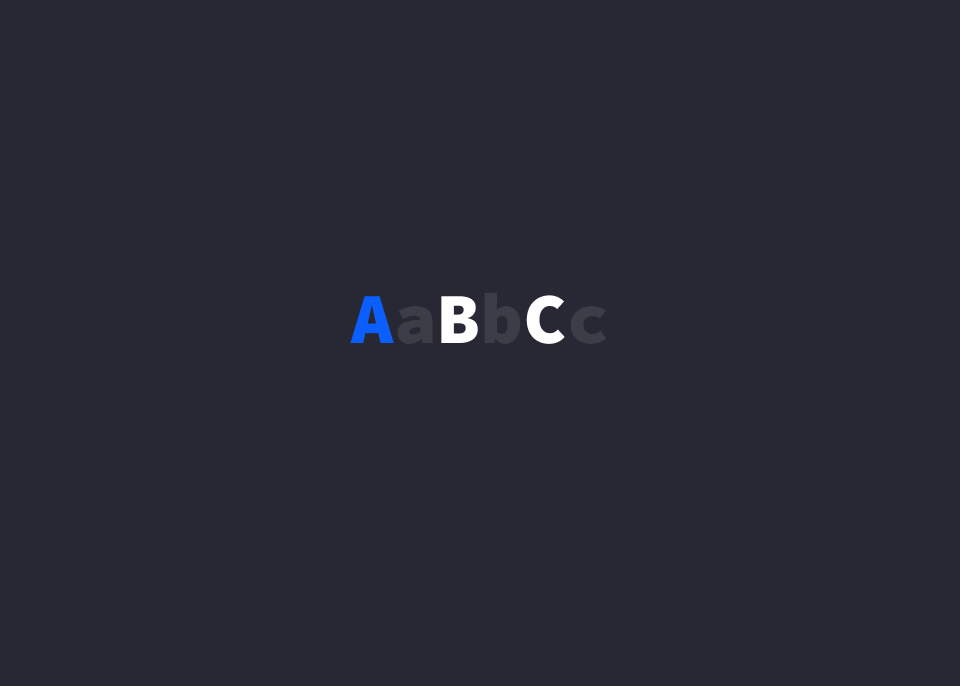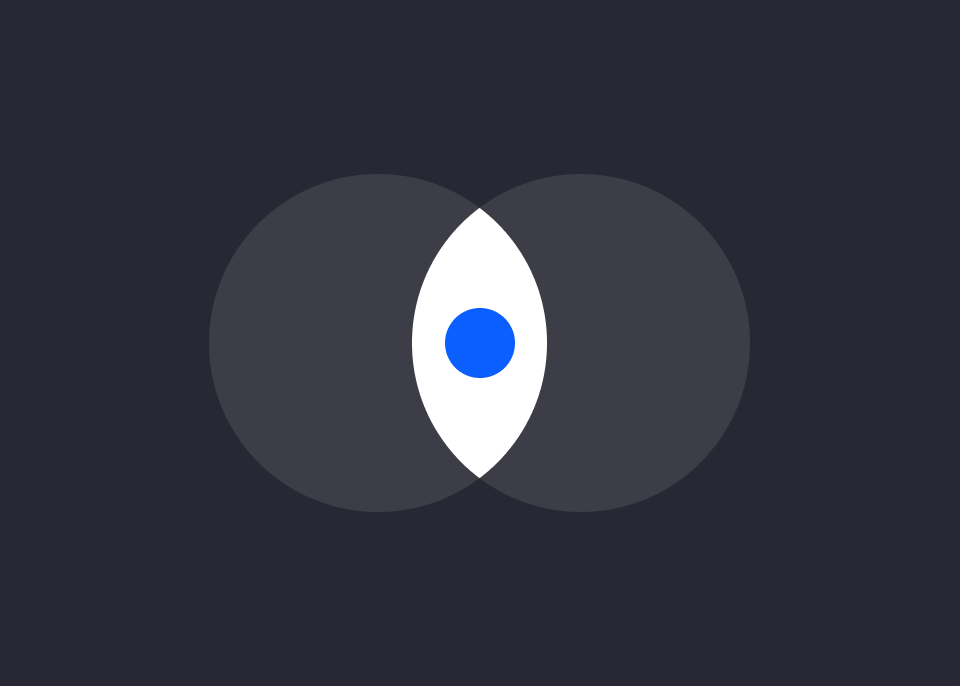What is Accessibility in Design? by James Lyons on April 23, 2019
1 Min Read

Summary
Accessibility in design means considering every user’s ability to access your site’s content and being inclusive of their needs in the project planning, design, and development process. Users can have a diverse range of hearing, movement, sight, and cognitive ability.
Let's say a website's navigation was designed without consideration for cognitive disabilities. If the navigation labeling is improper, inconsistent, or ambiguous, a user with short-term memory difficulties might get lost in the site.
WebAIM recently conducted an accessibility evaluation of the home pages for the top 1,000,000 websites and found that 97.8% of them had accessibility failures.
Takeaway
Although this post focuses on design, accessibility must be thought about across design, development, and product management to be executed correctly. Some ways we can make things more accessible is through measuring color contrast, using ARIA labels in our HTML, and standardizing controls, features, and navigation across products.
"The power of the Web is in its universality. Access by everyone regardless of disability is an essential aspect." - Tim Berners-Lee
• WCAG


